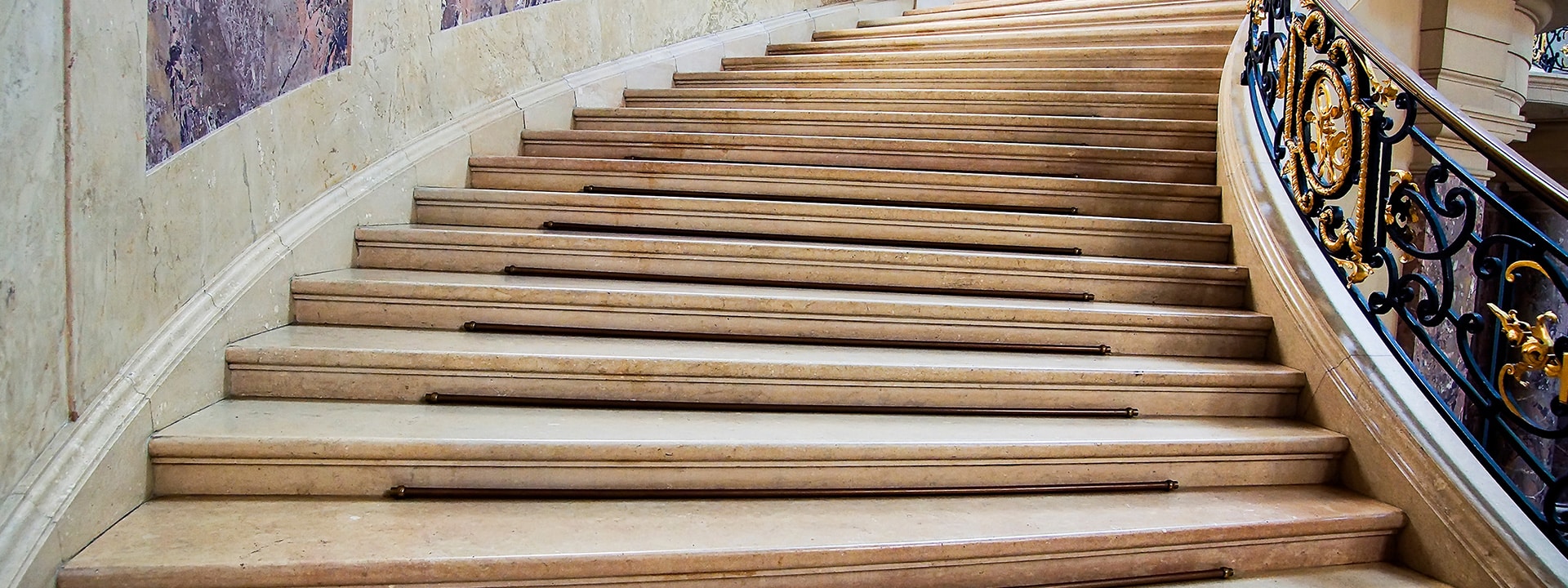With several years of solid experience working with models, agents, and modeling agencies within our clientele, we offer a specialized support that takes into account the unique characteristics of this sector in terms of taxation and social aspects.
Houdart A&C’s Expertise as an Accounting Firm for Modeling Agencies and Models
Houdart A&C, as a chartered accounting firm, serves several clients in the modeling industry, including modeling agencies and agents, in Paris and throughout France. We possess a deep understanding of the issues and practices related to this sector, not only in terms of accounting but also taxation and social matters. We strive to provide clear and timely solutions to the challenges they encounter, enabling them to focus on growing their business.
We support our modeling clients with their bookkeeping, tax returns, social security declarations and the preparation of the payroll of the employees.
Characteristics of the Modeling Profession
The modeling agency and the representation mandate
The modeling agency’s role is to negotiate, in the model’s best interest, the rights to their image and manage these rights.
The applicable collective agreement in this profession specifies that these relationships revolve around three essential documents :
- The civil representation mandate, which must be concluded in writing prior to any negotiation of image rights,
- The employment contract, covering the application of the collective agreement, the model’s remuneration and all mandatory clauses,
- The rights assignment contract, which should include the specific campaign, product, media and distribution channels, duration, and territory of exploitation.
Through this representation contract, the model entrusts the agency with the mandate to find users and contracts for the model’s availability and authorizes the agency to assign and exploit the model’s image rights.
Social status: distinction between employment activity and model’s image rights
Presumption of salaried employment
The amounts paid to the model for providing a service that involves their physical presence, with the purpose of creating and publishing a photo or video to promote a product or service for a brand, are always considered as salary.
Indeed, Article L7123-2 of the Labor Code states that “any contract in which a person secures, for remuneration, the services of a model is presumed to be an employment contract.”
Furthermore, any person who is tasked with:
- Presenting a product, service, or advertising message to the public, either directly or indirectly through the reproduction of their image on any visual or audiovisual medium.
- Acting as a model, with or without subsequent use of their image.
is considered to be engaged in modeling activity, even if this activity is only occasional.
Therefore, even if the relationship between the brand and the model is temporary, the presumption of employment applies with all the legal, social, and fiscal consequences that this qualification entails, both for the model and the brand employer. The model is subject to the general regime for employees and similar categories.
The employment contract binding the agency to each model must be provided to the model within 2 business days following their availability to the user. It should be noted that a model employed by an agency without a valid written contract will be considered as having a de facto open-ended contract.
Exploitation of image rights
The financial compensation resulting from the exploitation of the model’s image rights does not fall under the category of salaries.
Sums received from the exploitation of the recordings are not considered as salary under the double condition that the physical presence of the model is no longer required for the exploitation of these recordings, and that the mode of remuneration is not function of the salary received for the production of these recordings. The remuneration must be linked solely to the income generated by the exploitation of the recordings. These earnings are then treated as Non-Commercial Profits (BNC).
However, it is necessary to be cautious as the Court of Cassation has sometimes classified the income from the exploitation of a model’s image as salaries, due to its flat-rate nature, without distinguishing between the remuneration for the photo shoots and the remuneration for the exploitation of the recordings.
An analysis of the service provided by a chartered accountant with in-depth knowledge of the modeling industry, such as Houdart A&C, enables a precise classification of the nature of the services provided, and the resulting tax and resulting fiscal and social regimes.
Taxation of model’s income
Employment income
The part of the service requiring the physical presence of the model is qualified as an employment contract within the meaning of the labor code, and the corresponding income will logically be considered as salary and and consequently taxed as wages and salaries. The model’s income taxe will be withheld at the source, and the applicable tax rate will be determined based on their earnings. Employee social contributions will also be applied.
It may be advantageous for the model to opt for the actual expenses regime and waive the 10% lump sum allowance, especially when the expenses incurred personally and related to their professional activity become significant.
Houdart A&C is capable of assisting models in identifying deductible expenses for tax purposes in this regard.
BNC Income
Micro-enterprise
Models whose gross BNC income does not exceed the micro-enterprise threshold of €72,600 are taxed under the micro-BNC scheme, and they will not be required to maintain accounting records or submit a tax return. Their income, without applying any deductions, will be directly reported in the appropriate section of their income tax return. They will benefit from a 34% deduction on their turnover for operating expenses and will be taxed on the remaining 67% according to the progressive income tax scale. It is worth noting that this deduction is only for tax purposes and does not apply to social contributions. These will be determined on a flat-rate basis at approximately 22% of their turnover.
Controlled declaration
For models whose gross non-commercial income (revenues, not profits) exceeds €72,600 (excluding VAT), they must establish accounting records and submit an annual tax return (CERFA 2035). If the income is below this threshold, the model has the right, like any individual business subject to BNC taxation, to opt for the actual expenses regime known as “déclaration contrôlée.”
Under the controlled declaration system, the taxpayer is taxed on the actual profits realized. This means that BNC accounting must be carried out by a chartered accountant experienced in this type of activity, such as Houdart A&C.
VAT applicable to income related to the exploitation of model’s rights
The VAT rate on copyright transfers is 10%. These transfers of representation, reproduction, adaptation rights, and remuneration for private copying are part of the exploitation of the author’s economic rights for which sums are received in exchange.
Frequently Asked Questions regarding tax and social regimes for models
What contracts should be established between the models and their agency ?
The applicable collective agreement for modeling specifies that the relationship between the models and their agency is based on three essential documents:
- The civil representation mandate, which must be concluded in writing before any negotiation of image rights.
- The employment contract, which includes the application of the collective agreement, the model’s remuneration, and all mandatory clauses.
- The rights transfer agreement, which should specify the relevant campaign, product, media platforms, duration, and territory of use.
How should the models declare their income from modeling activities ?
The presumption salaried status applies to income related to modeling services requiring the model’s physical presence, which is inherent to the production of content. Post-production income or royalties are subject to the BNC regime from a social, tax and legal point of view, provided that the model’s physical presence is no longer required, and the remuneration for rights exploitation is separate from the salary received for their production and not a flat-rate amount.
In what situation does the model need to maintain accounting records?
If the model receives income that does not fall under “traitements et salaires” (employment income) but is related to the exploitation of image rights from media productions, their income falls under the BNC regime. If the generated income exceeds the micro-enterprise threshold, they will be subject to the “déclaration contrôlée” regime and must maintain accounting records and submit a tax return (CERFA 2035).
What is the applicable VAT rate and regime for income derived from the exploitation of a model’s rights?
Income derived from the exploitation of a model’s image rights is generally subject to the intermediate VAT rate of 10%.
Why choose a cabinet mastering the specificities of modeling ?
The modeling industry is characterized by social, fiscal and legal specificities. A smooth and secure development of your activity requires clear and precise answers to the challenges you face. Your needs go beyond accounting and tax compliance. You expect advice and expertise that bring added value, which necessitates a certain mastery of the technical aspects characterizing your activity in fiscal and social matters.







